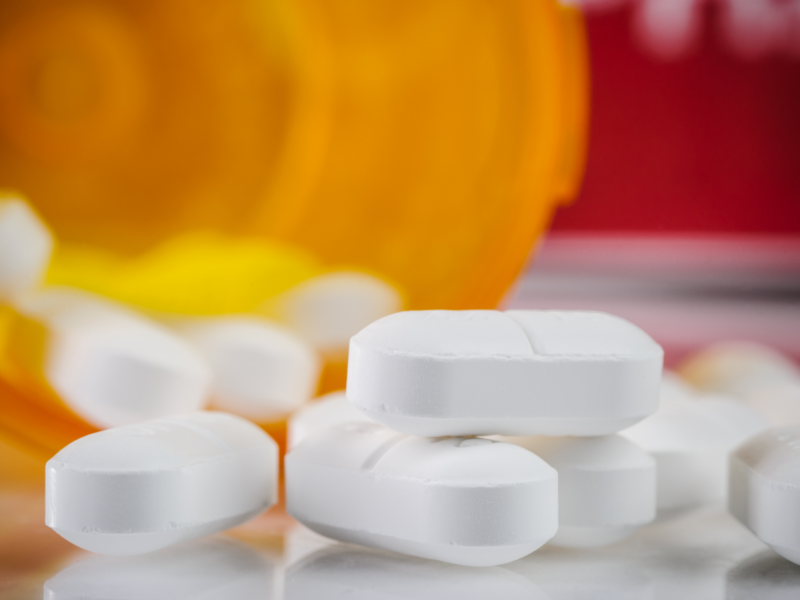Hidden in Plain Sight: The Importance of Safe Storage for Cosmetics and Personal Products
Hidden in Plain Sight: The Importance of Safe Storage for Cosmetics and Personal Products https://pediatricsnationwide.org/wp-content/themes/corpus/images/empty/thumbnail.jpg 150 150 Laura Dattner Laura Dattner https://pediatricsnationwide.org/wp-content/uploads/2023/03/LauraDattner-web-002.jpg- July 31, 2019
- Laura Dattner
In homes across the country, there are dangerous products hidden in plain sight on bathroom counters and bedroom dressers. Personal care products such as shampoo, lotion, makeup, nail polish remover and cologne seem like they should be safe since they are intended for use on our bodies. However, in the hands of young children, these products can quickly lead to trouble.
A new study conducted by researchers at the Center for Injury Research and Policy at Nationwide Children’s Hospital found that 64,686 children younger than five years of age were treated in U.S. emergency departments for injuries related to personal care products from 2002 through 2016 – that’s about one child every two hours.
The study, published online in Clinical Pediatrics, found that most injuries from these products occurred when a child swallowed the product (76%) or the product made contact with a child’s skin or eyes (19%). These ingestions and exposures most often led to poisonings (86%) or chemical burns (14%).
“When you think about what young children see when they look at these products, you start to understand how these injuries can happen,” says Rebecca McAdams, MA, MPH, co-author of this study and senior research associate in the Center for Injury Research and Policy at Nationwide Children’s. “Kids this age can’t read, so they don’t know what they are looking at. They see a bottle with a colorful label that looks or smells like something they are allowed to eat or drink, so they try to open it and take a taste. When the bottle turns out to be nail polish remover instead of juice, or lotion instead of yogurt, serious injuries can occur.”
The top three product categories leading to injuries were nail care products (28%) hair care products (27%), and skin care products (25%), followed by fragrance products (13%). Nail polish remover was the individual product that led to the most number of visits to the emergency room (17% of all injuries). Of the more serious injuries that required hospitalization, more than half were from hair care products (52%). Children exposed to hair relaxers and permanent solutions had a higher chance of hospitalization than all other products.
The study authors recommend that pediatricians discuss safe storage guidelines with caregivers during well-child visits. Parents may not think about these products as potentially dangerous to their children so it’s important to raise the issue with them without blame or judgment.
“Children watch their parents use these items and may try to imitate their behavior. Since these products are often stored in easy-to-reach places and are not typically in child-resistant containers, it is can be easy for kids to get to and open the bottles,” says McAdams. “Because these products are currently not required to have child-resistant packaging, it is important for parents to put them away immediately after use and store them safely – up, away and out of sight – preferably in a cabinet or closet with a lock or a latch. These simple steps can prevent many injuries and trips to the emergency department.”
Many people unsafely store these products on the bathroom counter, an unlocked cabinet or drawer below the bathroom counter, on a nightstand, or in an unlatched nightstand drawer. Some products, such as hair relaxers and permanent solution are often stored in the fridge.
A variety of products on the market are available to assist with safe storage. In fact, cabinet and drawer locks and latches enable most spaces to be made more secure. These products can typically be purchased at grocery stores, mass retailers, drug stores, home improvement stores, hardware stores and online.
However, pediatricians should encourage families to remember that using child safety products like locks and latches will make storage safer and child-resistant, but no product will make a home completely child-proof.
This is also a great reminder for both parents and guests to keep purses, makeup bags, coats, and even guests’ suitcases in a safe place. A determined toddler will have no trouble finding Grandma’s purse hand lotion, Uncle Jeff’s aftershave tucked away in his suitcase, and that perfume sample Mom keeps in her travel makeup bag.
Parents and child caregivers can help children stay safer by following these tips:
- Up, away and out of sight. Store all personal care products safely: up, away and out of sight – in a cabinet that can be locked or latched is best. Never leave personal care products out unattended and put them away immediately after use.
- Store safely now. It is never too soon to start practicing safe storage. Almost 60% of the injuries in this study were to children younger than 2 years of age.
- Original containers. Keep all personal care products in their original containers.
- Know how to get help. Save the national Poison Help Line (1-800-222-1222) in your cell phone and post it near your home phones.
Data for this study were obtained from the National Electronic Injury Surveillance System (NEISS), which is operated by the U.S. Consumer Product Safety Commission. The NEISS database provides information on consumer product-related and sports- and recreation-related injuries treated in hospital emergency departments across the country.
Citation:
Vajda J, McAdams RJ, Roberts KJ, Zhu M, and McKenzie LB. Cosmetic-Related Injuries Treated in US Emergency Departments: 2002 to 2016. Clinical Pediatrics. 2019 June 17.
About the author
Laura Dattner, MA, is a research writer in the Center for Injury Research and Policy of the Abigail Wexner Research Institute at Nationwide Children’s Hospital. With both a health communications and public health background, she works to translate pediatric injury research into meaningful, accurate messages which motivate readers to make positive behavior changes.
-
Laura Dattnerhttps://pediatricsnationwide.org/author/laura-dattner/
-
Laura Dattnerhttps://pediatricsnationwide.org/author/laura-dattner/April 4, 2019
-
Laura Dattnerhttps://pediatricsnationwide.org/author/laura-dattner/
-
Laura Dattnerhttps://pediatricsnationwide.org/author/laura-dattner/
- Post Tags:
- Center for Injury Research and Policy
- Posted In:
- In Brief









